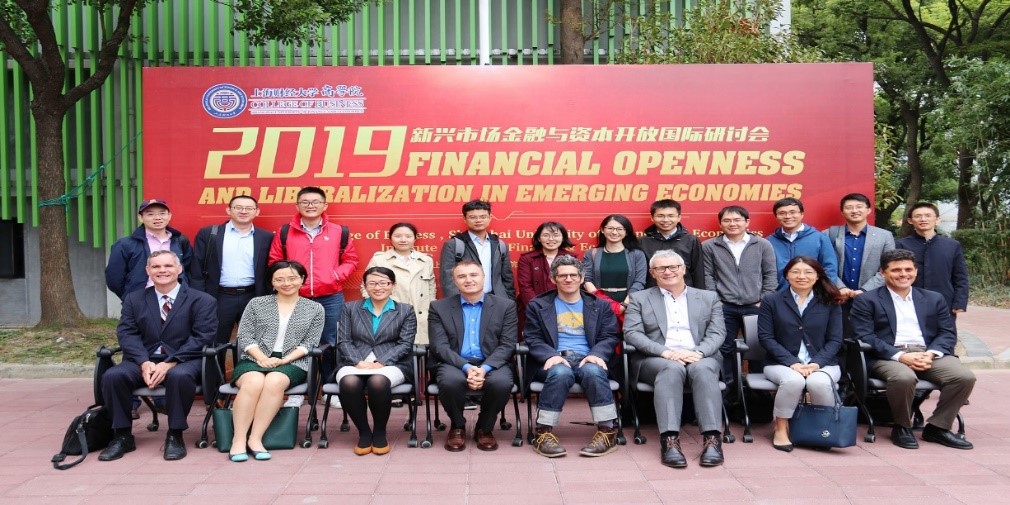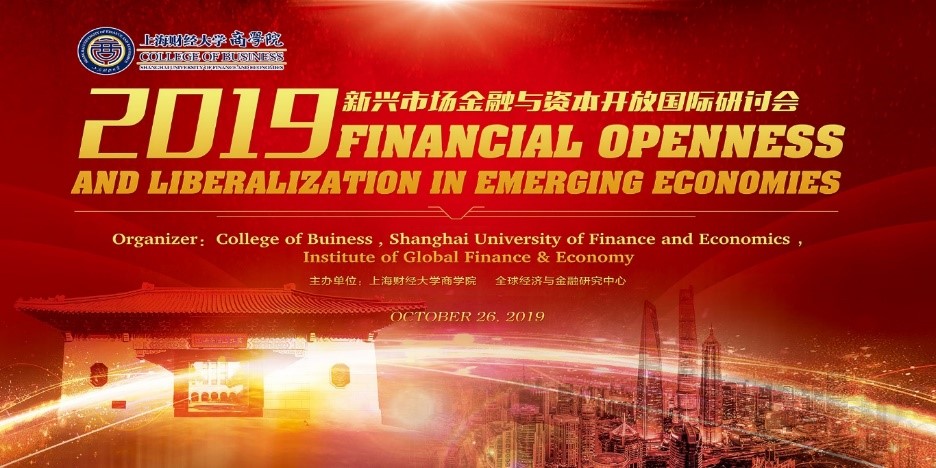October 26, 2019 --- To promote SUFE’s construction of the discipline of world economy and strengthen the cooperation and exchange with international scholars and high-level academic journals, " 2019 Financial Openness and Liberalization in Emerging Economies " cohosted by Institute of Global Finance & Economics ,COB, SUFE and the international famous journal JIMF was held in SUFE. 2019. More than 50 experts and scholars from universities and scientific research institutions in Europe, the United States, Hong Kong and China, as well as faculties and students of SUFE, attended the conference. The opening ceremony of the seminar was presided over by Ding Haoyuan, Associate Professor & Dean Assistant of COB, SUFE.
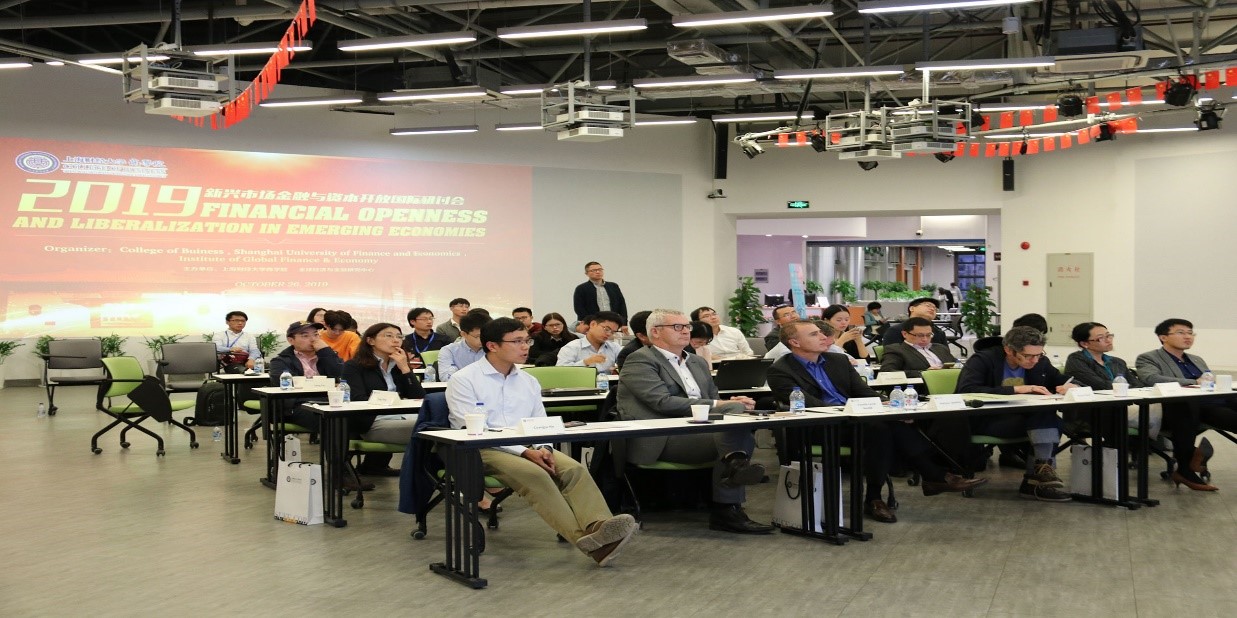
Professor Jin Yuying, director of the scientific research department of SUFE, warmly welcomed the guests and spoke highly of the significance of the seminar. In her brief speech, Professor Jin Yuying focused on the theme of this seminar. She pointed out that financial openness is an important topic in the field of international finance, and it is of great significance to evaluate the achievements of financial openness to China and other emerging market countries. She hoped this seminar could contribute to the research of financial openness and inspire the guests in related fields.
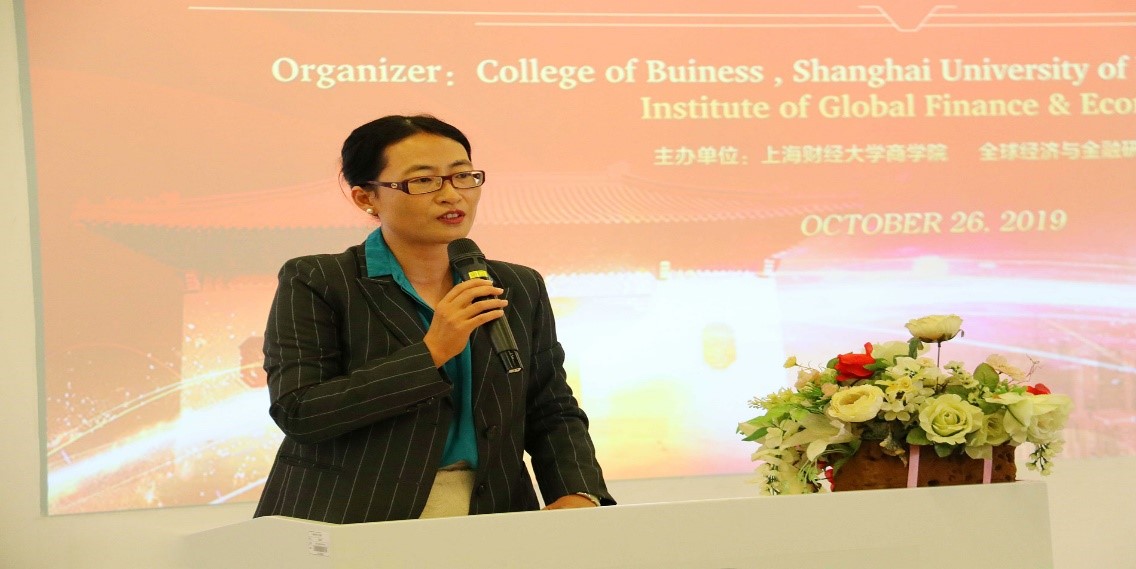
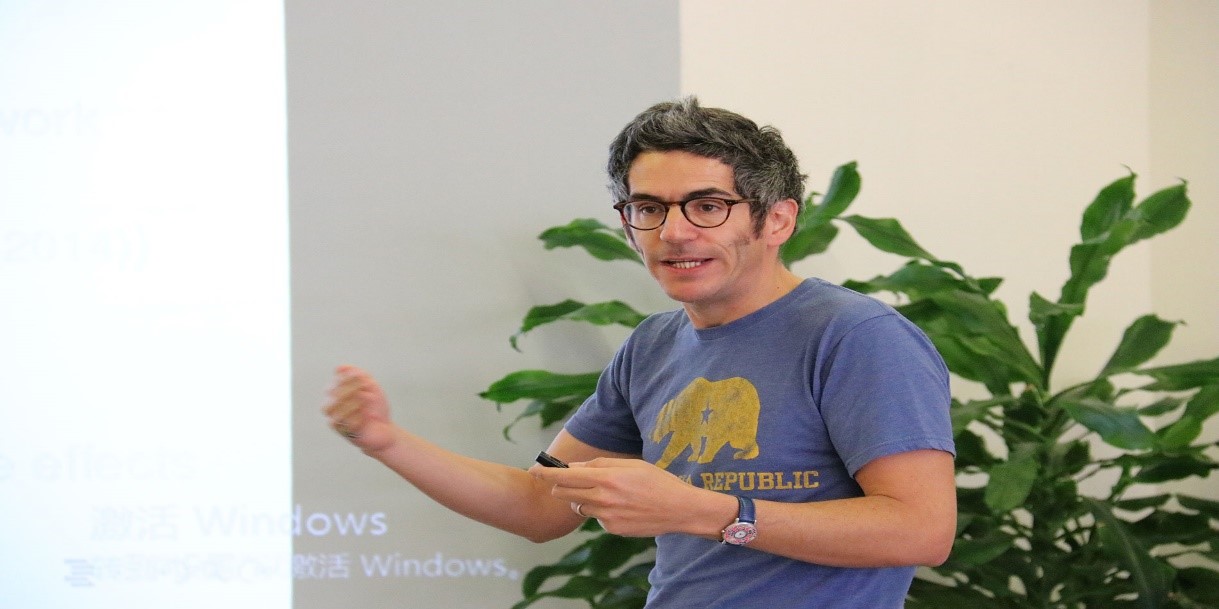
Professor Thomas Chaney of the Paris School of Political Science delivered a speech on the theme of "the overall effect of collateral constraints". In his speech, he first raised the question whether precise financing constraints, such as collateral constraints, would have a large macro impact. He expounded the problem from three aspects. First of all, we use the micro data to prove that the external shocks to the pledge will have an impact on the future investment of enterprises. Then a simple neoclassical growth model is estimated with collateral constraints and adjustment costs, and the result is verified theoretically. After the parameters of the model are estimated by SMM, the model is introduced into the general equilibrium theory model to verify the impact of collateral constraints on the macro-economy. Companies will lose money from all aspects because of collateral constraints, and the loss of this financing constraint is greater than we estimated.
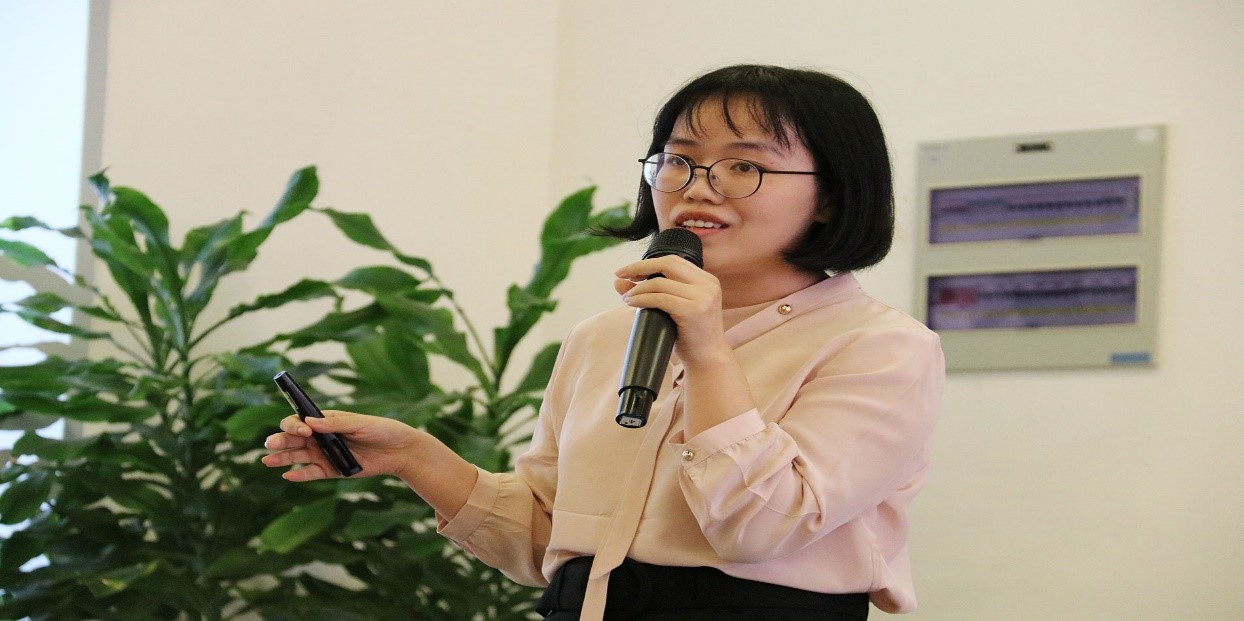
Chang Li, assistant professor of East China Normal University, delivered a speech on " Financial depth, regional variations, and cross-border M&As: evidence from China ". This paper takes two basic facts as the starting point: the surge of cross-border M & A in emerging economies and the uneven distribution of cross-border M & A in China. By using the cross-border M&A data of China as a typical emerging economy, this paper finds that the improvement of credit conditions in the source country will promote M&As, while the financial openness of the host country will promote this positive role, and gives the logic behind these two facts.
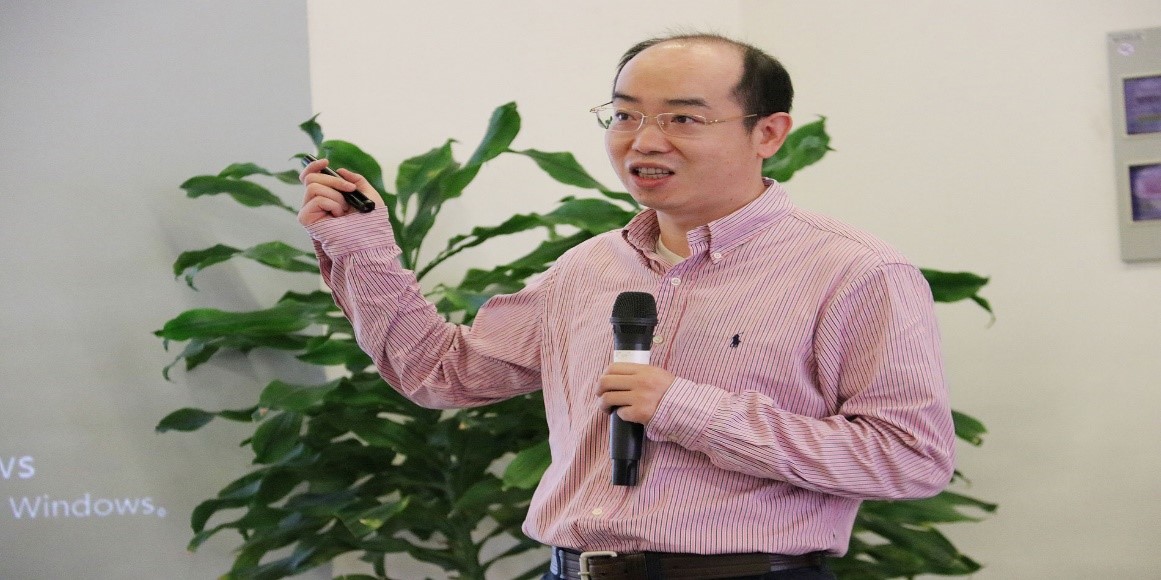
The theme of the speech from Professor Qing Liu of Tsinghua University is “Structural Changes and the Real Exchange Rate Dynamics ". He provided a framework to understand China's real exchange rate and applied it to other countries to test the mechanism. He found that China's real exchange rate dynamics did not satisfy the Balassa Samuelson effect, and emphasized that the labor supply and the structural changes within the tradable industries were the key to explain the real exchange rate dynamics. He also believes that capital account surpluses, large migration from rural to industrial areas, and income inequality between skilled and unskilled workers are key factors.
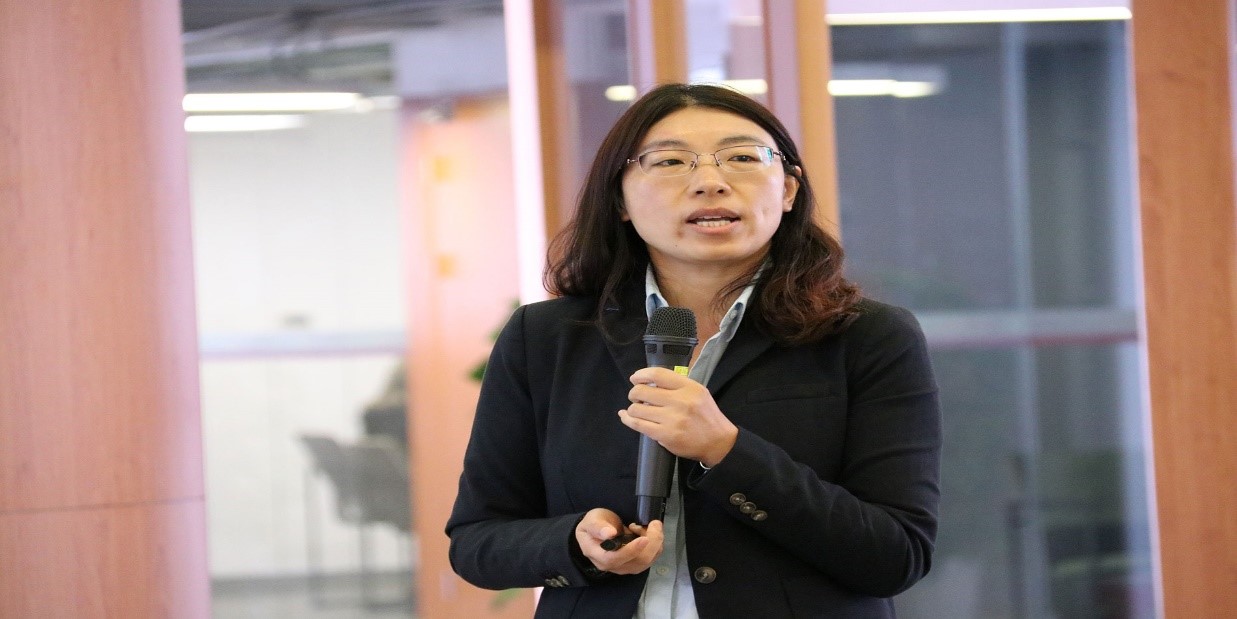
Professor Feng Ling from SUFE delivered a speech on " The Dynamics of China’s OFDI". She first introduced the trend and market development of OFDI in China in recent years. Based on the data of OFDI in China from 2003 to 2015, she demonstrated whether OFDI in China tends to flow to countries with rich natural resources. The results show that domestic direct foreign investment tends to find rich natural resources to facilitate the storage of resources. This result is more obvious in developed countries after the economic crisis.
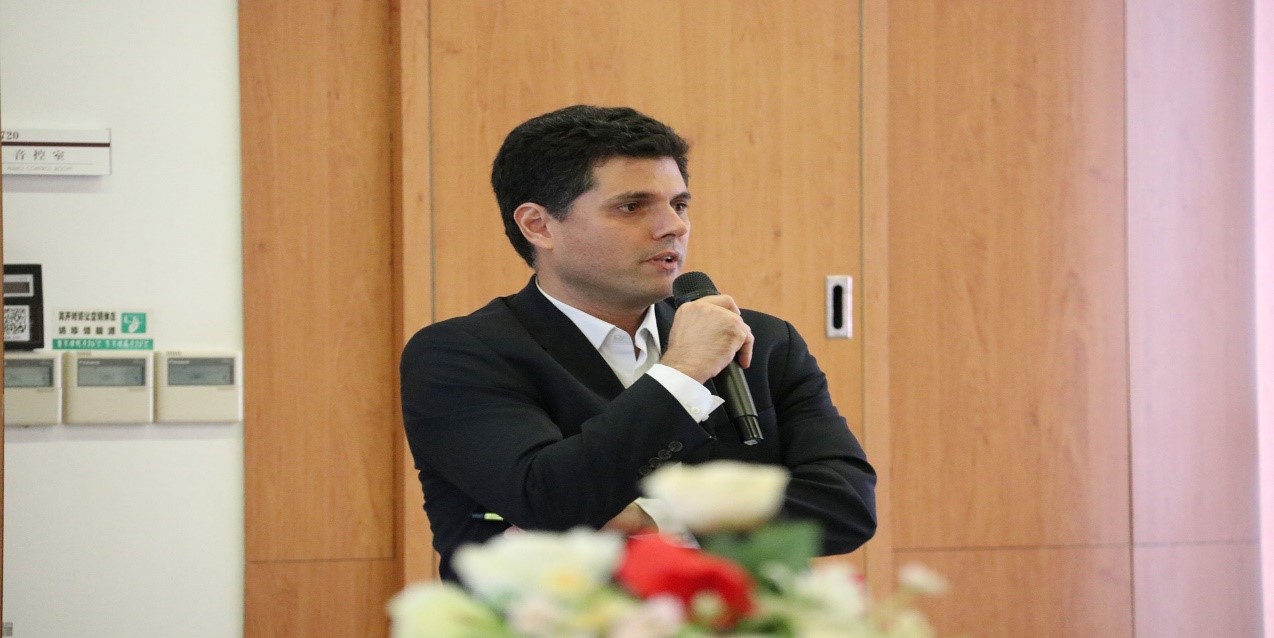
Dr. Ruy Lama from IMF delivered the speech of “Managing the Macroeconomic Effects of Capital Flows in Emerging Economies: Multiple Instruments for Multiple Shocks ". This paper establishes a theoretical framework to understand the optimal policy combination of various tools to deal with capital outflow. He found that foreign exchange intervention and macro Prudential policy are beneficial supplements to monetary policy. For different external shocks, adding additional policy tools can reduce the overall macro volatility. When foreign interest rate shock occurs, foreign exchange intervention can deal with capital outflow; when domestic shock occurs, additional reserve requirements can deal with capital outflow.
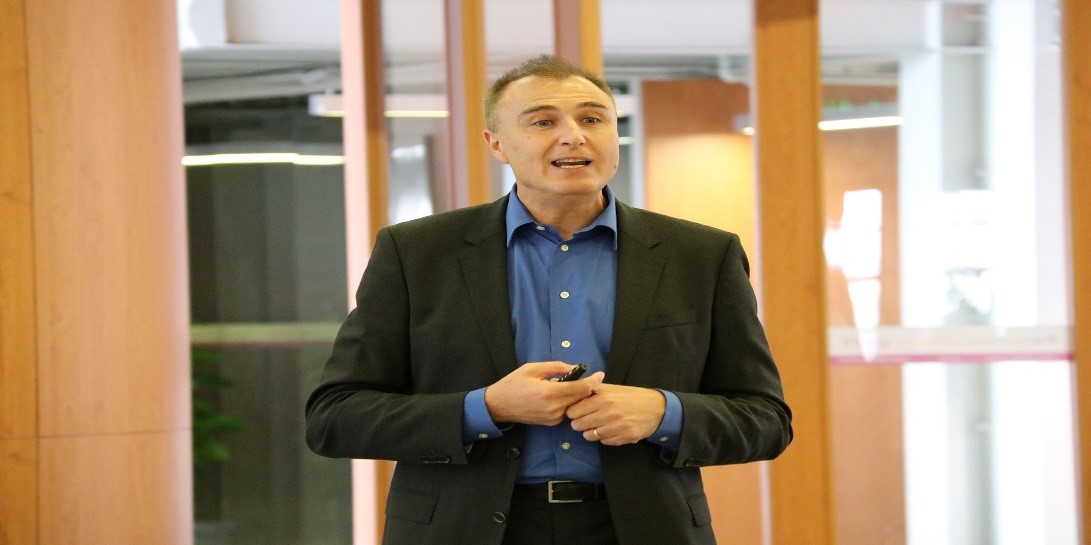
Professor Vincenzo Quadrini of the University of Southern California gave a speech on "the impact of monetary policy of industrialized countries on emerging countries". He first built a representative model of a small open economy. In the model, the existence of output risk will lead to preventive savings. More importantly, because of the existence of output risk, macroeconomic activities will be determined by the financial wealth of producers. The model also allows for occasional financial crises, which will allow us to combine interest rates with macroeconomic stability.
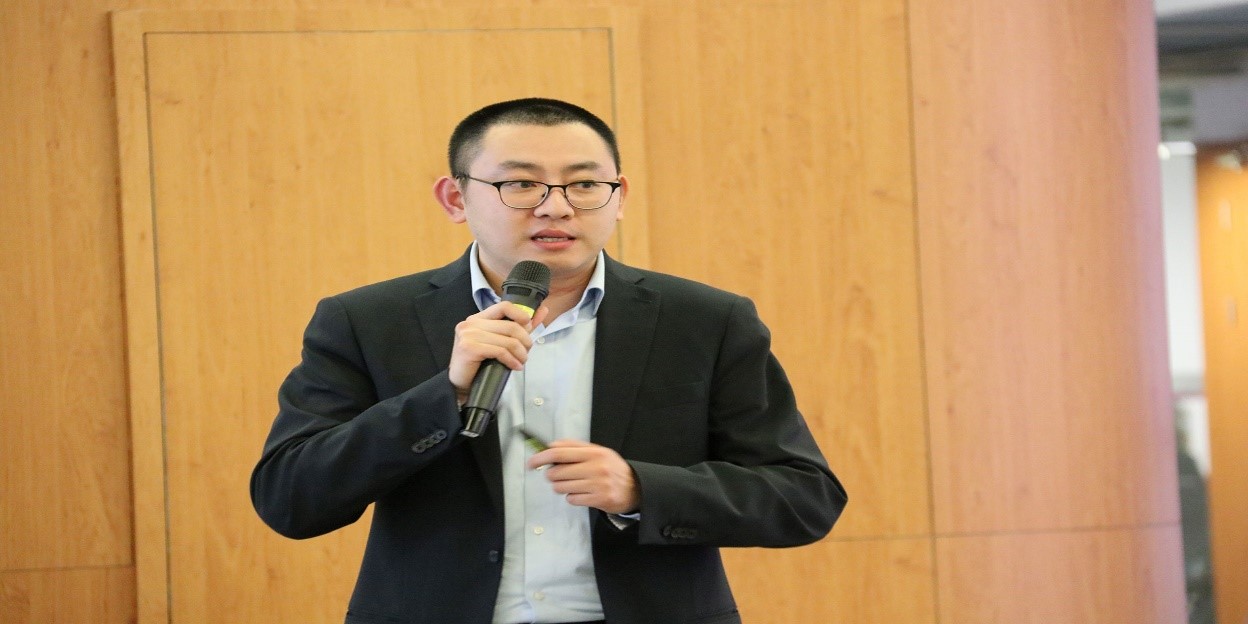
The theme of the speech by Dr. Zidong An of IMF is “How Do Financial Reforms Affect Capital Accumulation in Developing Economies? New Data, New Evidence ". In his speech, he pointed out that in the early stages of economic development, capital accumulation is very important. The domestic and abroad financial reforms will have an impact on capital accumulation. Both of them will accelerate capital accumulation and have a more significant impact on the domestic reform policies of middle-income countries, while the external financial reform has a greater impact on low-income countries. Middle-income countries carry out financial reform by improving internal banking supervision, interest rate control and other tools, while low-income countries rely more on foreign investment brought by external financial reform to accelerate capital accumulation. In addition, this acceleration of capital accumulation is only directed at private property.
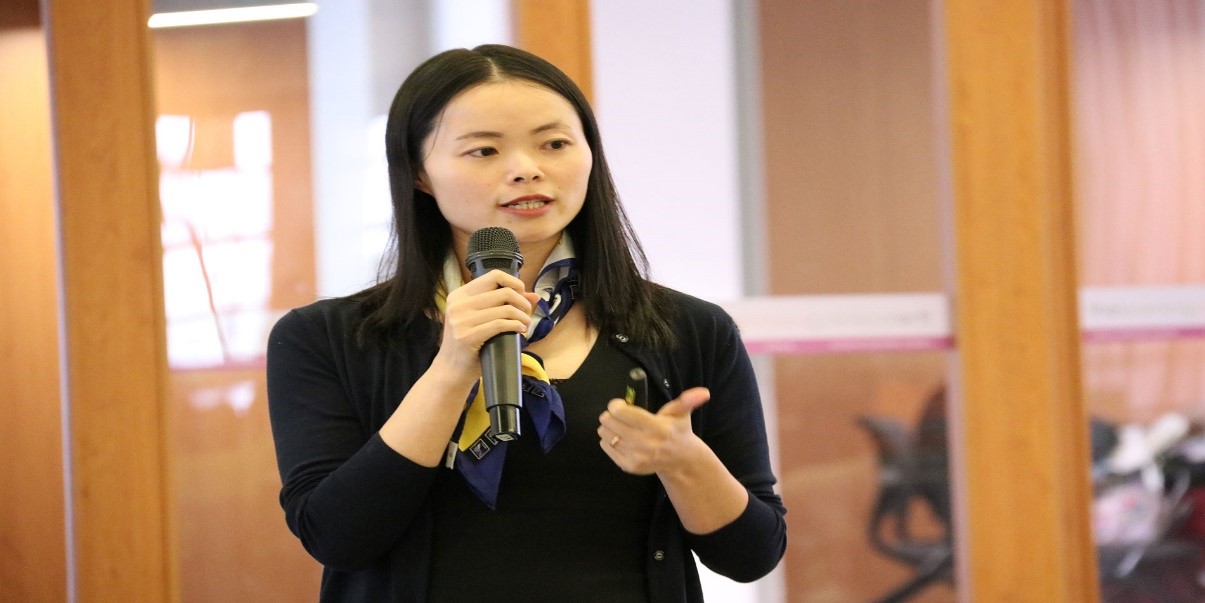
Professor Qin Gou of CUFE gave a speech on " Risk the similar: spillover effect of capital control ". Through the establishment of a multi-country, two-stage model, combined with empirical tests, this paper explores the impact of capital control on capital flows and financial vulnerability transfer in emerging market countries. The results show that by increasing their investment portfolio in the global fund, capital control will indeed make capital flow into other countries with regional and economic similarities; and capital control will also transfer financial vulnerability to other countries with regional and economic similarities by strengthening extreme cooperation between other countries and developed markets; the capital transfer effect is in the capital flow management The system is more obvious.
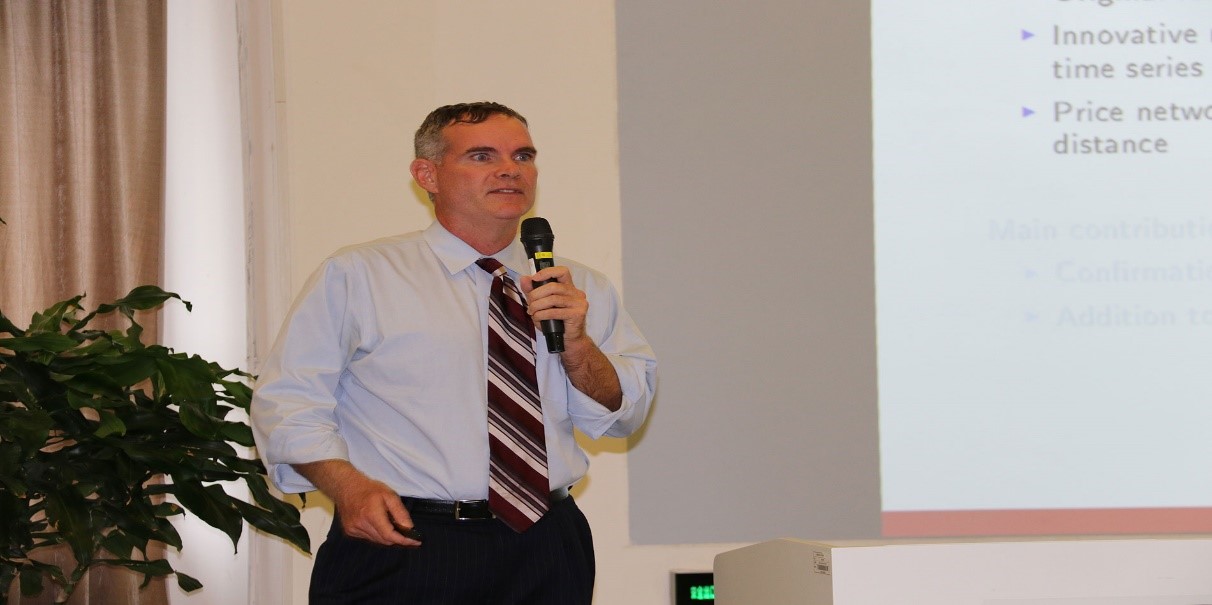
Professor Marc Weidenmier of Chapman University gave a speech on the theme of " Towards an Unstable Hook: the Evolution of Stock Market Integration since 1913". In his speech, he discussed how to measure the relationship between stock markets in different countries. Using the most simplified relation tree, this paper discusses the distance and the degree of relation between stock markets in different countries since 1913. It is concluded that the degree of stock market integration among countries in the past century is n-shaped. After the World War II, the integration degree of stock market in different countries was the least, and then it recovered slowly. In recent years, the connection degree of stock market in various countries is higher than the historical level. In addition, the great depression in 1929 and the economic crisis in 2008 have increased the connection between the global stock market.
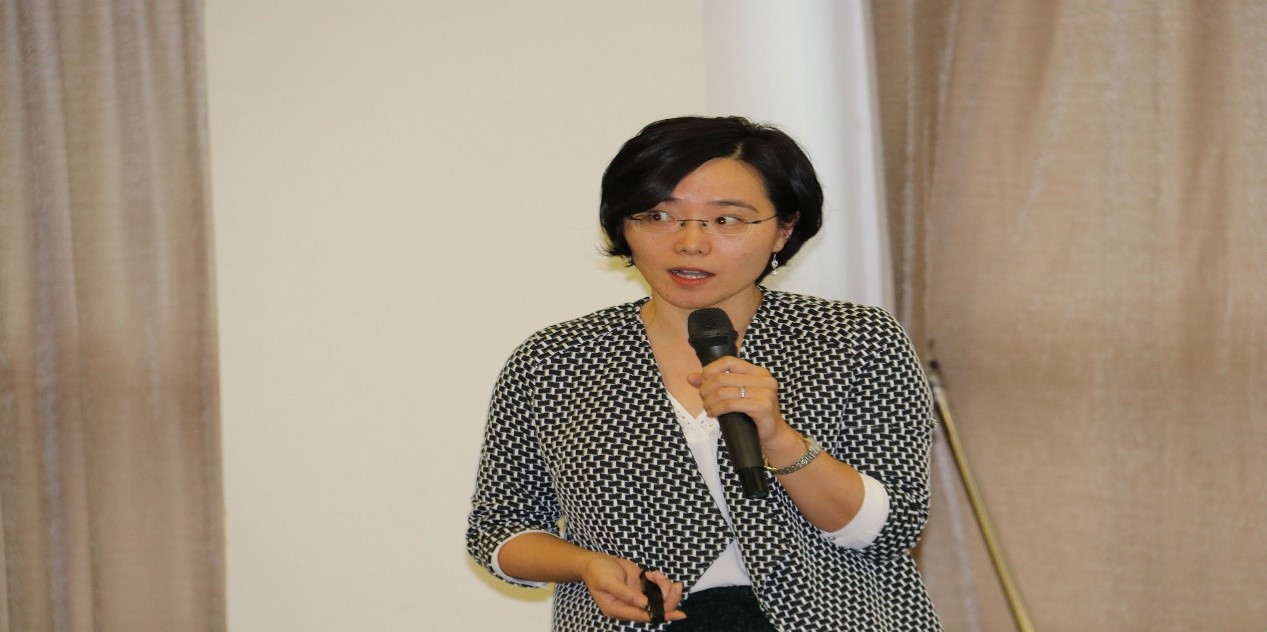
Professor Hai Chun Ye of the Chinese University of Hong Kong delivered a speech on the theme of " Disguised Carry Trade and the Transmission of Global Liquidity Shocks: Evidence from China’s Goods Trade Data ". By using the HS4 trade data from September 2008 to December 2014 in China, the paper finds that there is a real situation that trade arbitrage is disguised as commodity trade in China. At the same time, the paper also finds that the positive impact of arbitrage returns will lead to more disguised arbitrage activities, which explains the expansion of China's shadow banking.
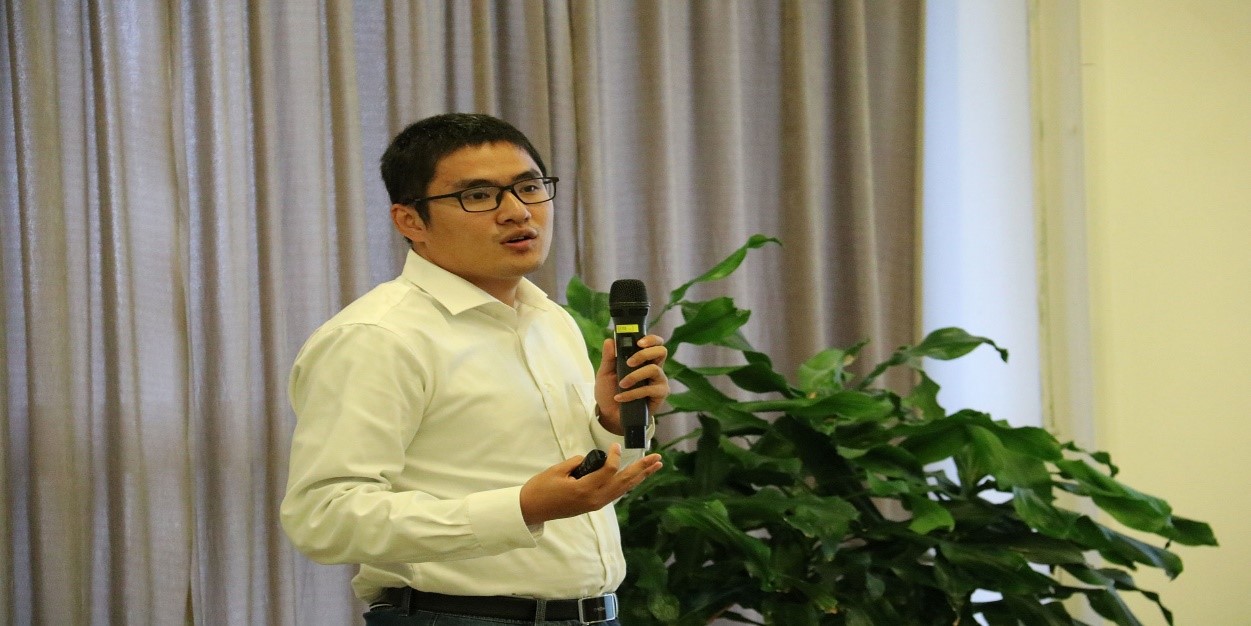
Wang Zi, assistant professor of COB, SUFE delivered a speech on the theme of "Financial Intermediation, Capital Flows, and Global Trade Imbalance ". He first built a dynamic model of multi-national trade and FDI. This model allows for endogenous capital accumulation and international borrowing, which creates endogenous trade and capital account imbalances. By calculating the precise transformation path of this model, the consequences of trade and foreign direct investment shocks in multi-national dynamic world can be quantified. It is found that the imbalance of trade and capital account is not a serious problem for macro-economy.
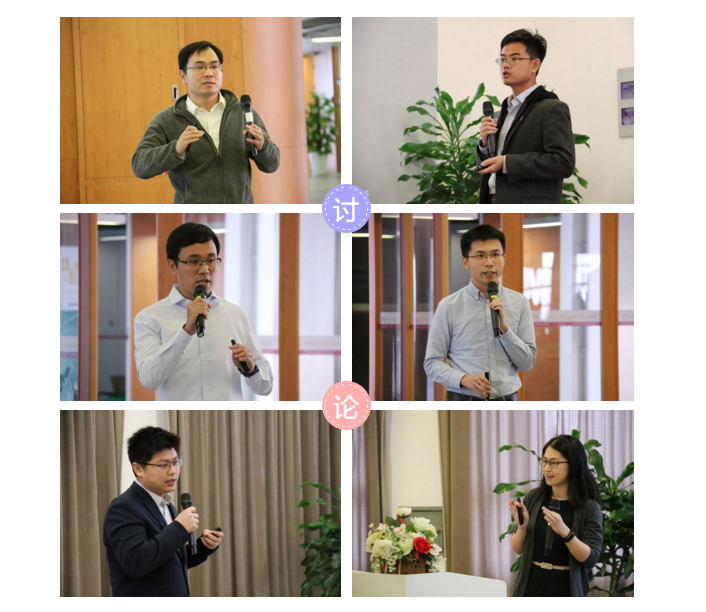

At the closing ceremony of the seminar, Associate Professor Ding Haoyuan made a concluding speech. He thought it was a high-level international academic seminar. The academic content of the papers was valuable and the discussion on important issues such as financial openness of emerging market countries was also valuable. The seminar also raised many issues worthy of further in-depth study and future research.
